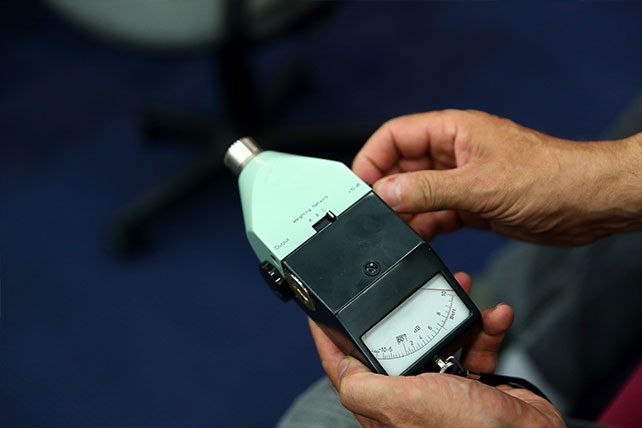Worship should be a unifying, spiritually uplifting experience—but for some churchgoers, it’s also an overwhelming one. One of the most common concerns raised by congregants today is the volume of the music during worship services. Is it too loud? Is it hurting participation rather than encouraging it? Churches that use a full band and modern worship sets must walk a careful line between energy and accessibility. And the key issue behind it all? The live music mix.
Finding Balance in Your Live Music Mix
Whether your church meets in a small sanctuary or a converted gym, the live music mix is central to the worship experience. A well-balanced mix can lead people into the presence of God. But when that balance is off—especially when it’s too loud—it can alienate attendees or distract from worship altogether.
RELATED: Audio Mixing 101
Too often, churches equate loud with powerful. But volume alone doesn’t create an atmosphere of worship. The goal of every church’s music ministry should be to support the voice of the congregation, not drown it out. A carefully crafted live mix should highlight vocals, allow instrumentation to complement rather than dominate, and fit the size and acoustics of the room.
Signs Your Worship Music Might Be Too Loud
Before diving into solutions, it’s helpful to recognize the signs that the volume or mix may be problematic:
-
People regularly complain or leave during worship
-
The congregation isn’t singing along
-
You see attendees using earplugs or covering their ears
-
Sound levels are inconsistent from week to week
-
The lead vocal gets buried under the instruments
These signs don’t mean your worship team isn’t talented or your heart is in the wrong place. It simply means your live music mix may need adjustment to better serve the people in your space.
What to Do If the Volume Is a Problem
If you’re starting to recognize that volume is an issue in your church’s worship services, here are several steps you can take to create a more inclusive and enjoyable sound environment:
1. Start with a Heart Check
Before tweaking dials or reassigning volunteers, revisit the purpose of your worship music. Ask the team: “Are we leading people in worship or just putting on a show?” Refocusing on the “why” behind your worship sets the stage for healthy, humble discussions about change.
2. Measure and Monitor Your Sound
A subjective feeling that it’s “too loud” can spark debate, but objective measurement can guide solutions. Use a decibel meter app or device to check sound levels during services. Generally, safe and comfortable levels for church environments fall between 85-95 dB (with peaks below 100 dB).
If your room consistently exceeds those levels, especially for extended periods, it’s likely too loud for some members. Also, keep in mind that perception of volume varies—older adults and children often experience high frequencies and loudness more acutely.

